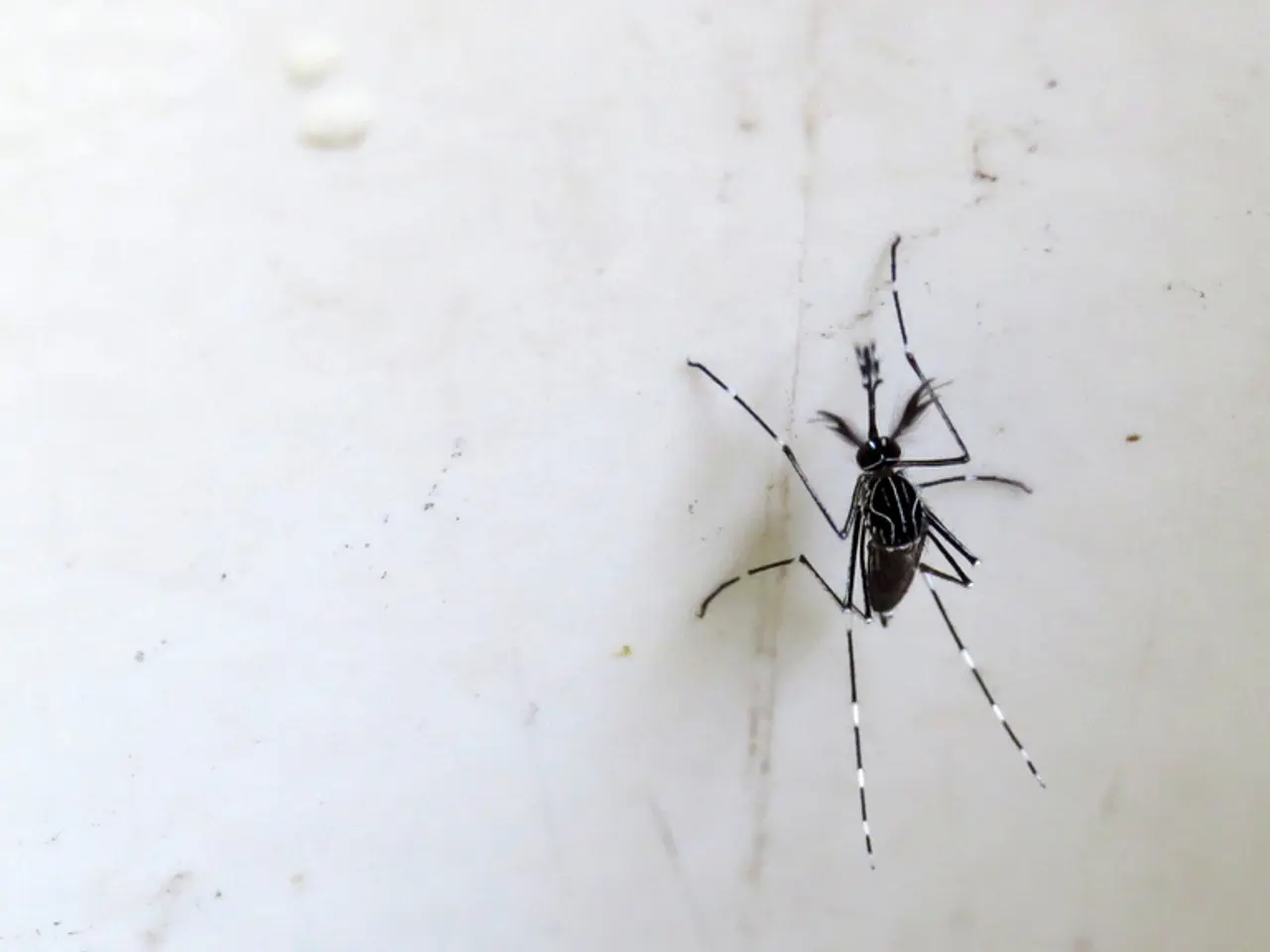Spread of West Nile Virus in Europe: Current Insights
Article Title: West Nile Virus Spreads Across Europe and North America
The West Nile virus (WNV), a mosquito-borne disease, has been making headlines in recent times, particularly in Europe and the United States. This virus, which primarily spreads through the bite of infected Culex mosquitoes, has become a global concern due to its widespread presence and potential health risks.
Global Distribution
The virus, first identified in Uganda in 1937, is now commonly found in Africa, Europe, the Middle East, North America, and west Asia. In 2025, an increase in WNV cases has been confirmed in countries like Italy and Greece, where at least 32 cases and 2 deaths have been reported predominantly in southern regions. The virus has also been detected in Bulgaria, France, Greece, and Romania this year. In the United States, WNV has become endemic since its introduction in 1999, with ongoing surveillance and cases reported annually.
Transmission Methods
The principal mode of transmission is through bites of infected Culex mosquitoes, which acquire the virus from feeding on infected wild birds, serving as reservoirs. There is no significant person-to-person transmission, distinguishing WNV from viruses with direct human transmission routes. However, studies suggest that mosquito-to-mosquito venereal (sexual) transmission has been documented in some mosquito species for other arboviruses, although such horizontal transmission for WNV is less evident and not currently recognized as a major factor. Global travel and trade can facilitate the importation of infected mosquitoes or viruses, potentially introducing WNV to new regions.
Symptoms and Risks
Most people who are infected with WNV will have no symptoms, but about one in five people will develop West Nile fever, characterized by body aches, headaches, vomiting, fatigue, rashes, and swollen lymph glands. In rare cases, WNV can cause fatal neurological disease, causing complications such as coma, tremors, convulsions, muscle weakness, and paralysis. People over the age of 50 and those with compromised immune systems are at a higher risk of developing these complications.
Prevention and Management
There is no vaccine or specific treatment for WNV. Local mosquito control programs and personal protection, such as using insect spray and wearing long-sleeved shirts and trousers, are key to preventing infection. Rest, fluids, and pain medications can help alleviate some symptoms. In cases of severe illness, patients with a neuro-invasive illness are usually hospitalized and given intravenous fluids and respiratory support while they recover.
Recently, the virus was detected in mosquitoes in the United Kingdom for the first time, highlighting the need for continued vigilance and surveillance. As the climate changes and mosquito-borne viruses become more prevalent, understanding the transmission and prevention of WNV is crucial for public health and safety.
- WNV poses health risks not only in its original African regions but also in Europe, the Middle East, North America, and west Asia, emphasizing the need for global collaboration in medical-conditions and health-and-wellness studies.
- Due to the rise in chronic-diseases like the West Nile virus (WNV), environmental-science becomes amplified as a field of interest, particularly in its relationship to fitness-and-exercise, mental-health, and neurological-disorders.
- Climate-change, with its potential to expand the habitat and activity period of mosquitoes that transmit WNV, contributes to the increasing prevalence of this virus and calls for proactive approaches in health-and-wellness and environmental-science.
- Efforts in health-and-wellness and environmental-science, advancing our understanding of WNV, can potentially help in the development of strategies to prevent future outbreaks of this mosquito-borne disease and uphold public health and safety.




